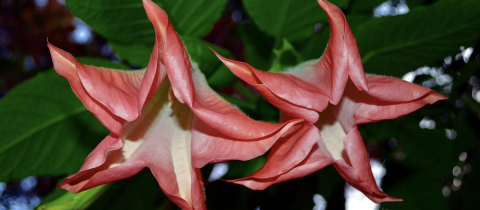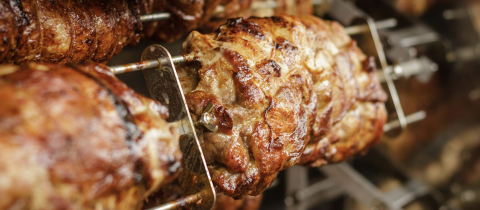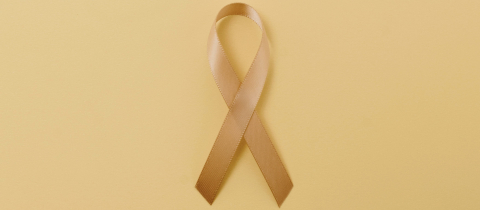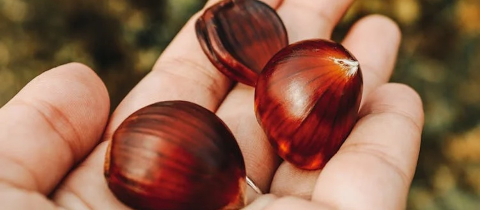Summer is almost here! Tans will get darker and hair will get lighter. If you really want to get blonder this year, many brands sell hair lightening sprays – a way to heighten the sun’s natural hair brightening process.
The key factor for the sun’s effect on hair is ultraviolet light. These energetic rays break bonds between the atoms of melanin, the compound responsible for hair pigmentation. As the melanin breaks down into colourless compounds, hair is lightened.
You may recognize brand names like Sun-In or Sun Bum. The truth is they all contain ingredients that work roughly the same way. The first listed ingredient (hence the highest concentration) is usually hydrogen peroxide (H2O2) which acts as a bleaching agent. Hydrogen peroxide acts in much the same way as UV light, it destroys melanin. It does this by acting as an oxidizing agent, meaning that it can steal electrons from other molecules. Since electrons are the “glue” that bind atoms together in a molecule, oxidizing agents can break molecules apart.
Lemon juice is another common ingredient because it opens up the cuticles, the outer layer on the hair shaft that can be likened to a venetian blind. Melanin is found in the cortex of hair strands found beneath the cuticle. The lemon juice prevents the cuticle from protecting the cortex, giving the UV rays more access to break down the melanin. Many suggest using pure lemon juice as an alternative to these commercial sprays, but by doing so, you are not saying “goodbye to chemicals,” as a Spoon University article suggests. Citric acid is a chemical, whether in a commercial spray or in lemon juice, and “chemical” is not a dirty word. Everything in the world is made of chemicals.
Chamomile also gets an honourable mention for its lightening abilities. This plant contains quercetin, a “flavonoid” that inhibits tyrosinase, the enzyme that produces melanin. Extracts of chamomile are used in Sun-In.
Polysorbate 20 is another player in these mixtures. Its major role is to act as a dispersant and emulsifier – making sure all the ingredients remain well-blended.
The outcome of the use of lightening sprays can be unpredictable. If you’re going to give this a try, you run the risk of turning your hair orange, especially if you have darker hair.
Haleh Cohn just finished her first year at McGill University and is interested in the health sciences.







